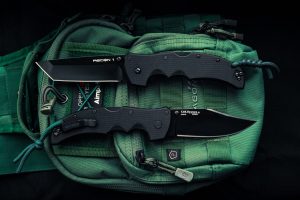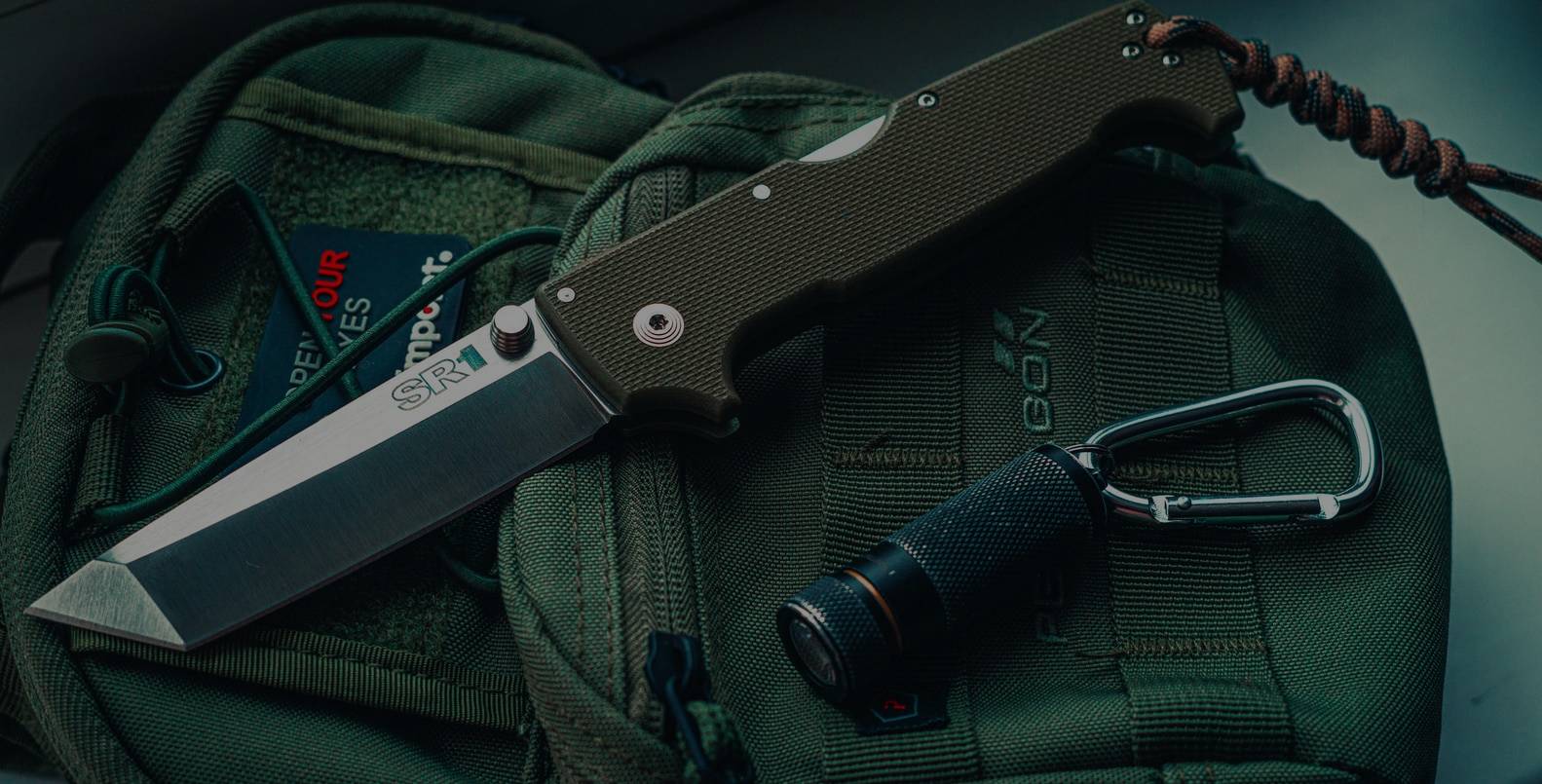
Should You Have Weapons in Your Bug-out Bag?
Life is full of mysteries, and anything wrong can happen at any time. Whether it is a fire, earthquake, flooding, hurricane, or any other unexpected incident, you always want to be prepared while you are on a short-term evacuation from your home. This is where a well-packed bug-out bag (Go Kit, Bail Out Bag, Go Bag, 72-Hour Bag…) comes in. This emergence survival kit will help you survive the first three days after evacuating your home following an emergency or natural disaster. Read on to learn what a bug-out bag is, essentials to pack, and whether you should have weapons in your survival kit.
Definition of a Bug-out Bag
Bugging out- means evacuating your home shortly following an unexpected situation; caused either by humankind or a natural disaster. In that case, the items you will need to get through the whole time would be stuffed into a Grab Bag. At the bottom line, a bug-out bag is a backpack filled with the essentials that you will need to endure at least 72 hours in a disastrous scenario.
Since it is an emergency kit, it means you will have short notice to deploy it, so it could help if you packed yours ahead of time. Typically, bug-out bags are designed to provide short-term survival, so they might not be appropriate for long-term periods. For that reason, they are lightweight and small enough to be packed in a backpack.
Why is a Bug-out Bag Important?
Things can go to the south even during the most inappropriate times, and if you aren’t prepared properly, you leave yourself vulnerable. Preparing your survival kit in advance will help you face the emergency more courageously and have all the items you need to survive in the wilderness. But if you’re like many people, you may not be prepared for disasters.
A shocking survey from HealthDay reveals that 48 percent of Americans are not well prepared for disasters and that they rely on the local government to come to their aid when trouble comes knocking. Having proper emergency supplies and preparing your survival kit should be your survival checklist’s top priority. If you’re new and unsure where to start, we have highlighted the most important tools and wilderness survival gear to help you accomplish your survival strategy.
Weapons can be an important component of survival and need to be included in your bug-out bag if possible. Not only might they be important for self defense, but also for hunting in the event you need to hunt for your own food.
If you’re like most people who have multiple weapons, it can be challenging to decide what to carry. Whichever weapon you choose, remember it is for personal protection and probably for hunting.What you choose will be based on your needs, familiarity with the weapon, and the potential threats of your area. Some of the weapons you may need for survival in the wilderness include:
A Handgun: You can consider getting a pistol for personal protection purposes because it can hold more ammo rounds, and you can change magazines relatively faster. They are also easier concealed and this could be essential in some survival scenarios. If a pistol is out of reach, a revolver can be a great option.
A Shotgun: Shotguns are one of the most versatile guns for personal protection and home defense, but they also require a lot of respect and training. They are extremely powerful weapons, for starters, and the spray effect of a shotgun can catch a lot of people off guard. But with that in mind, they are fantastic weapons for short-distance safety. A shotgun can also perform perfectly in short-range hunting, as well.
An AR-15: Although it is considered a military-type gun, the AR-15 is a versatile rifle that is excellent for hunting close to mid-range distances. AR-15 lows are also great options if you want to have one that is a little more customizable.
A Hunting Rifle: Rifles are another type of firearm that really require some specific training to make the most of the weapon. They provide you with the furthest range possible with pinpoint accuracy, but that combination of power and precision can be extremely challenging to a novice shooter. They also lose effectiveness depending on the density of trees and foliage wherever you are camping, so keep these things in mind before ultimately choosing your weapon.
 A Knife: A knife is an essential must-have tool in the wilderness. It’s also one of the most versatile items you can use as a tool and hand weapon. If you need to cut some pushes to clear the way or get into a fight, a knife can come in handy. Even if you already have a firearm of some kind, a knife is a great addition because of its versatility.
A Knife: A knife is an essential must-have tool in the wilderness. It’s also one of the most versatile items you can use as a tool and hand weapon. If you need to cut some pushes to clear the way or get into a fight, a knife can come in handy. Even if you already have a firearm of some kind, a knife is a great addition because of its versatility.
Other Essentials to Pack
Food
The first set of essentials you need in your bug-out bag is at least 72-hour food supplies and snacks, plus a fire starting kit. These items will see you through those critical three days and supply you with enough energy to tackle any situation you may face in the wilderness. Remember, your Go-Kit will have only limited space, so opt for small packages but calorie-dense rations.
That way, you will have enough food to push you through the first 72 hours. You may also need a fishing kit just in case you’re left stranded near a bond or other water bodies. Think of bait or string; they are relatively flexible and can be tied to anything, making them the best on-the-go fishing option.
Water is an essential component of your survival. Regardless of your emergency situation, you should be able to access clean drinking water. Find a sturdy water bottle, fill it with fresh water, and ensure the water is free from contaminants. Alternatively, make sure your survival kit has a water filtration system to help filter any water source to make it drinkable.
First Aid Kit
An adequately packed first aid kit is a must-have in your bug-out bag. Some of the first aid kit essentials include medical items such as painkillers, gauze pads, medical gloves, antibiotic ointment, and anti-bacterial wipes to nurse wounds, if any. You may also need burn gel, sling, sunscreen, tourniquet, and first aid instructions.
The type of clothes you bring along determines your overall comfort throughout the three days. Be sure to carry extra clothes, a waterproof jacket to protect you against elements, and a headgear to help retain warmth. If you live in an area with a lot of sun, sun-protective fabrics are also a must. Cold weather gloves are also important to protect your hands from splinters and cuts, prevent infection, and provide better grip. Similarly, don’t forget to pack hand warmers as they can help during cold temperatures.
Lighting
Since you won’t be accessing your usual home lighting, it is vital to have a source of lighting during the night. Furthermore, having the right lighting tools can help you navigate anywhere at any time of the day or night. You can opt for a flashlight, headlamp, or a chem light. Ultimately, ensure your bug-out bag has an appropriate navigation tool to help you discover directions without much struggle. A compass, map, or GPS tracking system can all work perfectly in a disaster scenario.





